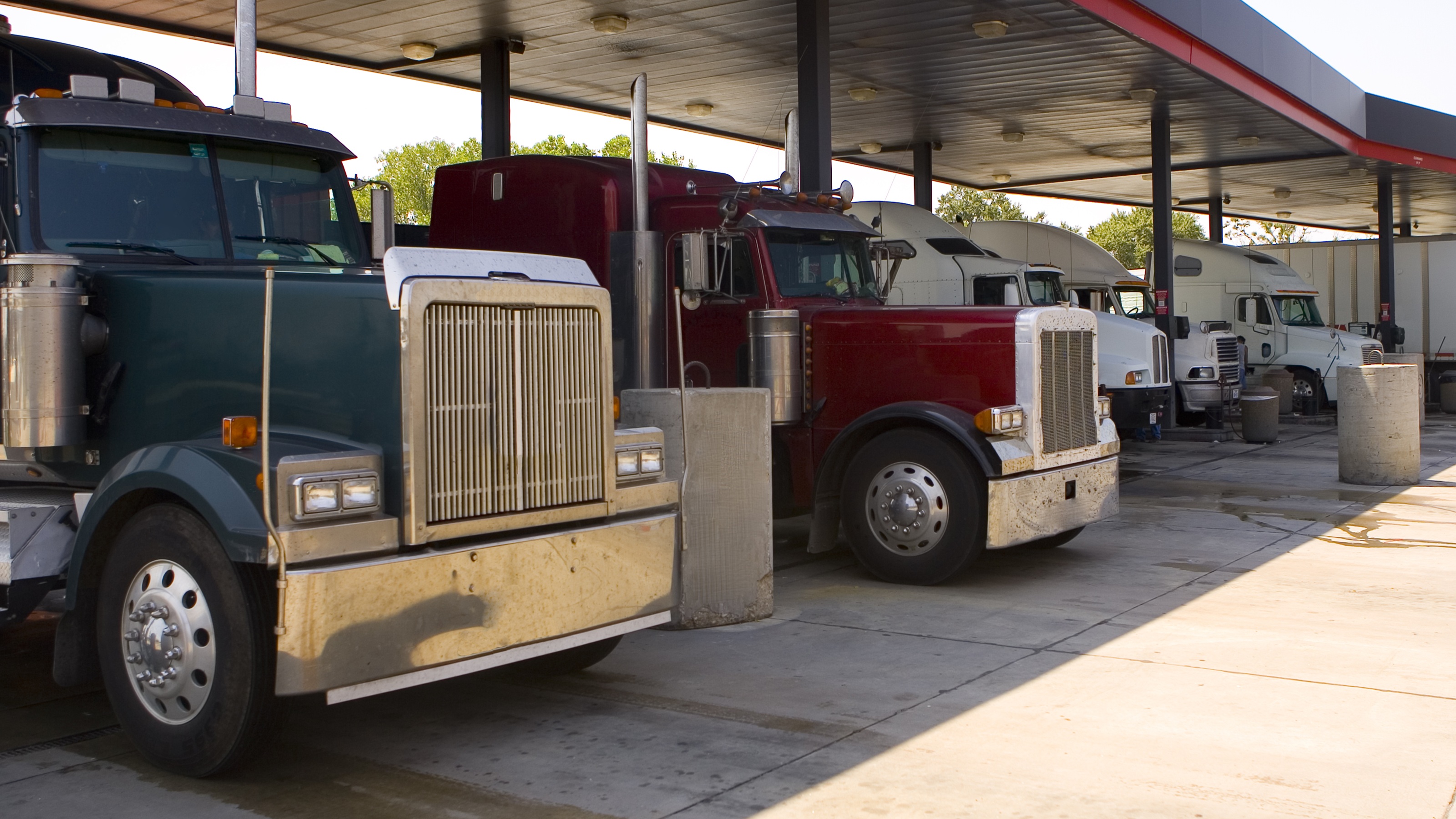T
ruck‑stop real estate is a high‑risk niche that can erode investor value faster than many other commercial properties. While the sector appears attractive because of its essential role in freight logistics, it is plagued by fuel‑price volatility, operator instability, and looming technological disruption.
**Fuel‑price swings and operator fragility**
Truck‑stop operators depend almost entirely on fuel sales for profitability. When diesel or gasoline prices rise, margins shrink and many operators struggle to cover operating costs. This vulnerability has led to bankruptcies and restructurings. Flying J filed for Chapter 11 in 2008 after heavy losses from fuel hedging and debt, forcing landlords to absorb uncertainty and vacancies. Petro faced similar distress in 2020, disrupting cash flows for property owners. Smaller independents are even more exposed; the National Association of Truck Stop Operators reports that rising credit‑card fees, labor shortages, and competition from national chains have pushed many out of business.
The industry’s cyclical nature means that economic downturns can quickly turn profitable locations into cash‑flow problems. Landlords may face sudden lease defaults, costly re‑leasing, and extended vacancies—risks far less common in industrial, retail, or medical real estate where tenants have stronger credit profiles and longer commitments.
**Technological and regulatory threats**
Beyond fuel price risk, the truck‑stop model faces existential threats from evolving transportation trends. Electric semi‑trucks (Tesla Semi, Volvo, Freightliner) and government mandates for zero‑emission vehicles will dramatically reduce demand for diesel pumps. Unlike conventional gas stations, truck stops would need expensive, high‑capacity charging infrastructure that many operators cannot afford. Autonomous trucking adds another layer of risk; self‑driving freight vehicles could reduce the need for driver amenities such as showers, restaurants, and parking. If adoption accelerates, foot traffic and revenue could decline, undermining tenant viability and landlord returns.
These disruptions contrast sharply with industrial and multifamily real estate, which benefit from long‑term megatrends such as e‑commerce growth, urbanization, and housing shortages. Demand for warehouses, apartments, and grocery‑anchored retail is considered far more durable than the uncertain future of truck stops.
**Safer alternatives: industrial, multifamily, core retail**
Industrial properties thrive on e‑commerce and supply‑chain demand, with tenants signing 10‑plus‑year leases that provide stable cash flow. Multifamily housing in core markets enjoys inelastic demand; rent collections often remain steady even during downturns. Grocery‑anchored retail is typically recession‑resistant because consumers prioritize essentials regardless of economic conditions. For investors seeking reliable returns without the roller‑coaster of fuel prices and operator bankruptcies, these traditional asset classes offer a far safer path to long‑term gains.
**Implications for DST and 1031 investors**
Direct‑investment vehicles such as Delaware statutory trusts (DSTs) and 1031 exchanges should be cautious when allocating capital to truck‑stop properties, especially those with large balloon mortgages. If an operator defaults on lease payments, lenders may foreclose, wiping out the investor’s principal. The combination of high debt, operator risk, and market volatility makes truck stops a precarious choice for investors seeking preservation of capital.
**Bottom line**
Truck‑stop real estate may appear lucrative at first glance, but fuel‑price swings, operator failures, and technological disruption far outweigh potential rewards. Industrial, multifamily, and core retail investments provide durable demand, stronger tenants, and lower volatility. For landlords and investors alike, the prudent strategy is to avoid the pitfalls of the fuel industry and focus on asset classes built for resilience.















